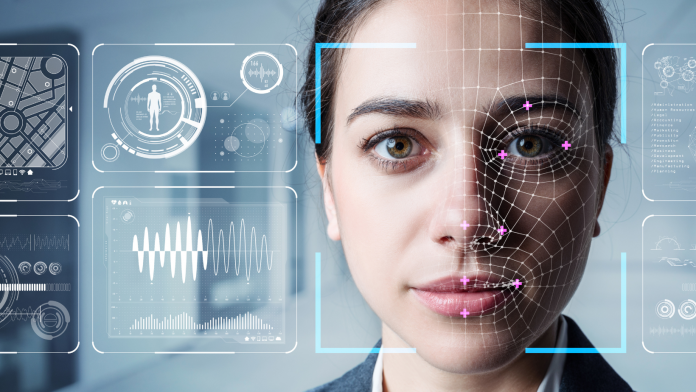Media authenticity is in danger because deepfakes are getting deeper and more deceptive. Through advanced AI, it has become possible to create fakes that can alter digital content hence making it difficult for viewers to differentiate between real and fake things. This poses enormous challenges to journalism, the legal system, and democratic processes.
Types of Deepfakes
Deepfakes come in three types namely image-based, video-based, and audio-based. Image-based deepfakes involve the alteration of images while video-based ones involve altering videos. Audio-based deepfake on the other hand pertains to manipulation of audio recording.
Impact on the News and Media Industry
The ascendency of deep fake technology is a significant risk factor for the news media industry. The ability to create believable yet false media presents a challenge as far as trust, credibility, and reliability in journalism are concerned Given the potential for misinformation to spread rapidly via manipulated content, nothing less than the very foundation of journalism is at stake here.
Real-World Examples of Deepfakes
Such real-life instances truly illustrate the disruptive power of fake news and digital illusions. Do you recall what happened in 2013 on Twitter? How about that one on the White House assault, which sent shock waves into the stock markets, a $136 billion roller coaster ride nobody predicted?
And then by May 2023, there was a false explosion near the White House that shook the financial markets. It is like magic gone wrong over the internet and even to those accounts you see check marks! And who can forget that Pope in that fashionable puffer jacket? A viral sensation turned deepfake revelation – talk about blending reality and fantasy seamlessly.
Deepfakes are fascinating but scary as they challenge our notion of truth and reality. During an interview with CBS News on Sunday, Microsoft’s Eric Horvitz and his colleagues made calls for better detection technology to prevent fake news from circulating on social media. We seem to be entering uncharted waters here; the difference between fact and fiction could become hard to discern in this age of information warfare. Stay alert in this dishonest virtual world and let us look out for what is real or just an AI algorithm
Detection and Verification Tools
In order to deal with this menace from deepfakes, there have been new tools and techniques for detecting these forged media. The development of AI systems intended for identifying these falsified media sources that get integrated within newsrooms verifies their ownership by being able to authenticate sources while maintaining the integrity of their content. Some initiatives like Content Authenticity Initiative (CAI) and Project Origin are spearheading efforts aimed at establishing industry-wide standards meant to verify digital content easily.
Mitigating the Spread of Deepfakes
Such actions include being skeptical of digital content, using reliable platforms, learning about deepfake tech advancements, considering context when consuming media, and relying on personal experiences where possible among others. Organizations can also undertake effective fact-checking processes, create policies for content verification, purchase deepfake detection tools, teach staff how to spot manipulated content, raise awareness among purchasers or the public on deepfakes, and encourage thinking critically while consuming information.
Implications and Recommendations
The consequences of deepfakes on media authenticity are profound. Thus a proactive approach is necessary that includes new verification means; sets ethical rules for applying deepfake detection technology; and provides knowledge on the existence of deepfakes to the wider audience. This technology is best harnessed responsibly in order that journalism’s credibility is maintained as we navigate through shifting sands in digital media.
Conclusion
In summary, there should be concerted efforts from individuals, organizations, and society at large to address the implications of deepfakes on media authenticity. By staying vigilant against misinformation and embracing tools that promote content integrity, we can uphold the principles of transparency and trustworthiness in an era where digital manipulation poses a formidable challenge to media authenticity.
More from the author
Exploring the Potential Features and Improvements for Apple Vision Pro Version 2
A Comprehensive Guide to VR Technology and Its Business Applications
Lenovo’s Transparent Laptop is on its way to changing the future of computing
The fintech evolution in wealth management calls for the need to adapt or become extinct
The Role of STEM Education in Preparing for a Tech-driven Future

